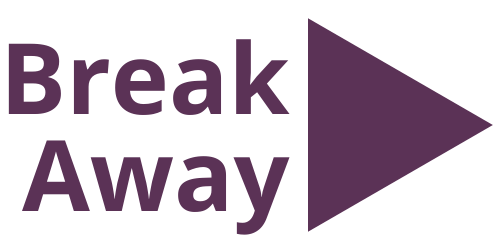Voting 101: A Comprehensive-ish Guide to Election 2022
We are just eight weeks out from the November 2022 election. Whether you’re a first-time voter or a seasoned pro, voting is an involved process. You have to:
research who and what is on your ballot
make sure your registration is up to date by the deadline
know where your polling place or ballot drop off location is
know when and if you can vote early, if you’re voting in-person
Voting shouldn’t be difficult. That’s why we’ve crafted this voting 101 guide — to demystify the voting process and help you come up with a voting plan. And be sure to bookmark our voting 101 resource page.
Why Vote?
It’s About Power
Voting is, at its core, about deciding who has power in this country, across all levels of our government.
Elected officials have the power to affect any and all causes you may care about: the climate crisis, systemic racism, gender equality, access to healthcare, equitable education, economic security — anything and everything related to your life, liberty, and pursuit of happiness.
Voting as a Privilege: a Note About Disenfranchisement
From the writing of the Constitution, voting was a right that was not afforded to everyone. Even after multiple constitutional amendments and the passage of the 1965 Voting Rights Act, there are voices forcibly excluded from the democratic process.
Modern versions of literacy tests and poll taxes include gerrymandering, which is used strategically to dilute the power of votes in communities of color. Other voting restrictions like ID laws, complicated registration deadlines, and disenfranchisement of those with felony convictions** have a disproportionate impact on Black and Brown people.
Organizations such as Fair Fight are focused on ending voter suppression in Break Away’s home state of Georgia and beyond.
The vote is precious. It is almost sacred. It is the most powerful non-violent tool we have in a democracy. — Representative John Lewis
For those of us who do have access, we have a responsibility to consider not just the election’s impact on our lives, but what’s at stake for all communities.
What’s on the Ballot?
Every four years we vote for the next President of the United States. This election cycle is called the “midterms” because it is the middle of the current president’s term.
So though the president isn’t on the ballot this November, it’s likely there are several other important things for you to vote on. In addition to other federal representatives, state + local representatives will be elected and ballot measures will be decided.
If it seems like national politics is too polarized to make a difference in, find a state or local race or ballot initiative you’re passionate about.
State + Local Elections
While choosing the leader of the United States is a big deal, just as important (maybe even more so) are your state and local officials. Your day-to-day life is impacted by these folks more than by the president.
For instance, when the U.S. federal government fails to make climate legislation a priority, your mayor has the power to lead the charge on fighting the climate crisis. So if you want your city to be carbon-neutral or start a curbside composting program, give your mayor’s office a call.
State and local races aren’t nearly as publicized as presidential races. Be sure to do your own research on the candidates (more on that below).
Ballot Initiatives
Ballot initiatives (aka propositions, questions, referendums, amendments) are proposed legislation that is approved or rejected by voters.
The language used to write a ballot initiative is often confusing. Read them carefully! You can also Google endorsements of the ballot initiatives to see what entities support or oppose each one.
Research who + what is on your ballot
VOTING TIP | You can fill out a sample ballot ahead of time and take it with you when you vote in-person. No need to memorize every single thing!
So You’ve Decided to Vote. Now What?
Check you voter registration status
Take 30 seconds and verify that you’re registered to vote.
Not registered? Changed addresses? Skipped out on voting in a previous election? Registering to vote takes two minutes!
Absentee + mail-in ballots
States that automatically mail ballots to their registered voters: California, Colorado, D.C., Hawaii, New Jersey, Nevada, Oregon, Washington, Vermont.
There is a very, very low risk of voter fraud with mail-in ballots (despite what opponents to voter access expansion claim). What is more likely to happen is that you mail your ballot back too late or it gets rejected. Be sure to fill it out exactly as directed to help mitigate any issues. Check with your county’s election office website to see if you can track your ballot.
Get Involved!
Encourage others to vote
We’ve been saying for a while that education and advocacy is service. Whether individually or as a program, you can write letters to registered voters who are otherwise considered unlikely to vote and encourage them to do so.
be a poll worker
A shortage of poll workers can lead to hours-long waiting periods, disarray, and closed polling locations. If you are able, we encourage you to sign up to be a poll worker in your county.
*While Supreme Court justices aren’t elected, you should still think about them as such. Whoever is elected into the executive branch at state or federal level is who gets to appoint these justices.
**If you or someone you know has been convicted of a felony and have served their sentence, they may be eligible to vote again.




